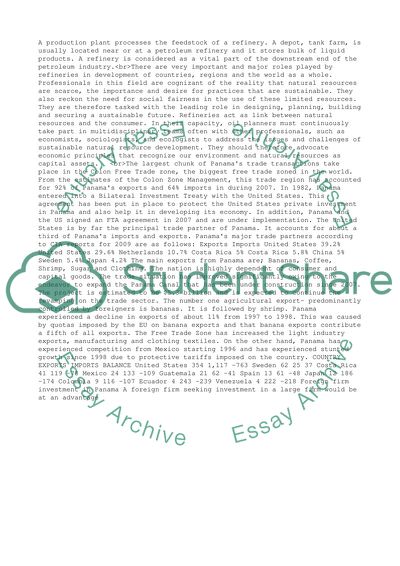Cite this document
(“Setting up a new refinery in Panama Research Paper”, n.d.)
Retrieved from https://studentshare.org/management/1393579-setting-up-a-new-refinery-in-panama
Retrieved from https://studentshare.org/management/1393579-setting-up-a-new-refinery-in-panama
(Setting up a New Refinery in Panama Research Paper)
https://studentshare.org/management/1393579-setting-up-a-new-refinery-in-panama.
https://studentshare.org/management/1393579-setting-up-a-new-refinery-in-panama.
“Setting up a New Refinery in Panama Research Paper”, n.d. https://studentshare.org/management/1393579-setting-up-a-new-refinery-in-panama.


